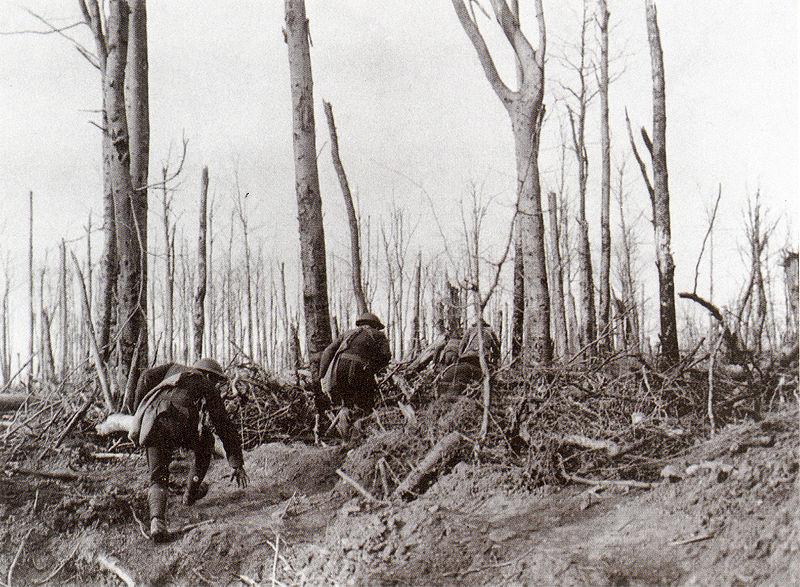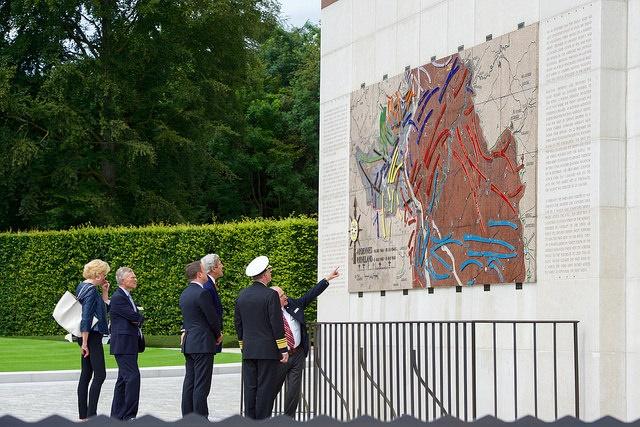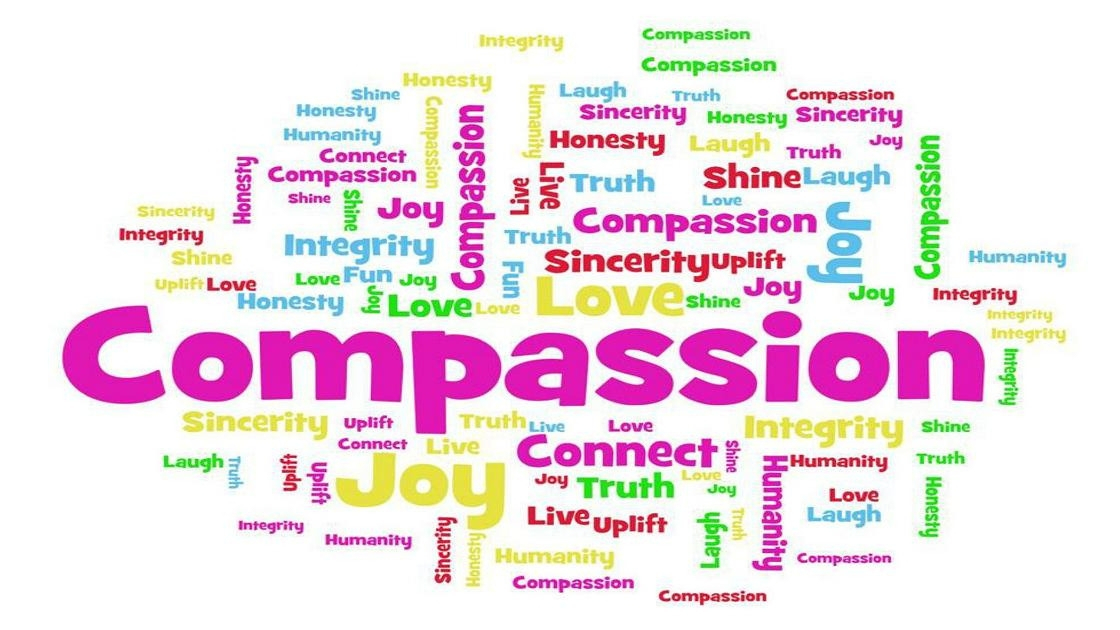Ms. Joan Myerson Shrager can understand what might have happened in that field in Cassino, Italy where Private Aubrey (Sam) Holland lay for four days.
“I’m Jewish,” stated Ms. Shrager, a resident of Cheltenham Township. “I’m particularly concerned about how the Nazis tortured and murdered so many Jews and so many other people.”
“But I can understand how two Germans soldiers could offer aid to an American soldier on that battlefield.”
“Many were just kids. Both Americans and Germans,” Ms. Shrager continued. “They were likely all scared.”
“For many German men, they had no choice. If they did not join the armed forces, they would be shot. Not everyone shared the Nazi beliefs.”
What may have caused the two German soldiers to do what they did to help Private Holland is unknown, but their actions were important acts of compassion noted by Ms. Shrager.
“Maybe the lesson in all of this is that not everything is black and white,” Ms. Shrager explained. “There are many shades of gray.”
She understands those shades of gray.
Veterans Day 2018 was a day when Ms. Shrager learned about events that occurred more than 100 years earlier. Events that impacted her family. Events that shaped her life. Events that caused much pain.
As a little girl, she was scared of one her uncles. “Terrified,” she explained.
Mr. Max Meyers was that uncle.
“My two other uncles – Max’s brothers – were so different from Uncle Max,” Ms. Shrager explained. “The two other uncles were jovial, happy men. I loved them.”
“But I was afraid of Uncle Max. He knew it too. He would write my mother postcards asking why I was so uneasy in his company. My mother tried to encourage me to be more welcoming to Uncle Max, but I just couldn’t. He was so different from his two brothers. As a little girl, I could not understand why.”
This month, she found out why from her cousins.
Mr. Max Meyers was drafted into the United States Army during World War I.
He declared himself to be a conscientious objector.
That was unacceptable to the military.
While certain religious groups are considered pacifists and accorded conscientious objector status largely by default – Amish, Church of the Brethren, Mennonite, and Society of Friends (Quaker) – Jews (and almost all other religious faiths) are not given the same status.
Mr. Max Meyers was Jewish.
He lived in Duluth, Minnesota. It is cold in that area of our country. It can be extremely cold in that part of our country.
As required, he reported to the military as part of the draft.
“The men who declared conscientious objector status were taken outside, forced to stand – on one leg – barefoot in the cold until they relented and agreed to serve in the military,” according to Ms. Shrager.
“All – including my Uncle Max – agreed to serve in the military.”
Historians confirm that most of the men who declared themselves to be conscientious objectors during World War I were forced to serve in the military.

“My cousins explained that Uncle Max never fired a shot,” Ms. Shrager stated.
“I was told that Uncle Max would shout to the Germans at night in Yiddish. The German soldiers understood the language and would respond in kind. They found that they had much in common with each other.”
“They were scared young men,” explained Ms. Shrager. “They were not politically motivated to fight in a war. The German soldiers were reaching out for human kindness and so was Uncle Max.”
But the war changed her Uncle Max. Whether it was the life in the trenches. The fear of being killed. His pacifist beliefs being challenged.
Whatever it may have been, he came home changed.
Impaired.
“He came home from the war with what we would call today PTSD (Post-traumatic stress disorder),” stated Ms. Shrager. “I was told that he came home a different man than what he was prior to the draft.”
“I did not know until very recently what had caused his anger. His sadness.”
“People didn’t talk about these things at that time.”
“I now know what as a little girl I was unable to comprehend.”
Rabbi Dr. Lance J. Sussman also understands how the two German soldiers may have extended kindness to a wounded American soldier in that field near the Rapido River in Cassino, Italy.
“It was a glimmer of humanity in a hellish landscape,” stated Rabbi Sussman.
Rabbi Sussman is the Senior Rabbi at Reform Congregation Keneseth Israel in Elkins Park.
“Whether the two German solders did what they did because they should have done that to adhere to the Geneva Convention regarding treatment of military personnel or whether they were simply extending human kindness, it shows that some Germans troops did do the right things.”
“It’s important to distinguish between the SS troops and the German Army troops,” Rabbi Sussman explained. “Many German soldiers behaved very differently than the perpetrators of the hideous massacres and the Holocaust.”

The father of Rabbi Sussman, Sergeant Charles Sussman, served in the 95th Infantry Division of the United States Army and saw action in Belgium, France, and Germany, according to a news article dated November 2, 2010, in The Baltimore Sun.
“I asked my father if he would want to meet German soldiers who fought against the Americans in the Battle of the Bulge,” Rabbi Sussman stated. “My father told me that he would have no problem with the German Army troops, but he would never do so with the SS troops.”
Rabbi Sussman explained that his father told him that the SS troops would employ snipers to kill American troops as the Germans retreated. “In a number of cases, my father told me, the snipers killed more men during their retreats than were killed on the actual battlefield.”
The rabbi noted that while the actions of the two German soldiers were important, so were the actions of the local folks when Mr. Holland returned home.
“Three cheers for the people of Conshohocken and West Conshohocken,” stated Rabbi Sussman. “The fact that the community rallied to help this young man is something that we all can remember in the spirit of Thanksgiving.”
“There is a big need today for that type of enduring support and care for our military veterans.”
The photograph of the Meuse-Argonne Campaign is courtesy of the National Archives, 1918.
The photograph of the monument showing the map of the Battle of the Bulge is courtesy of the United States Department of State, 2016.
Do you have questions about local history? A street name? A building?
Your questions may be used in a future news column.
Contact Richard McDonough at freedomvalleychronicles@gmail.com.
© 2018 Richard McDonough

